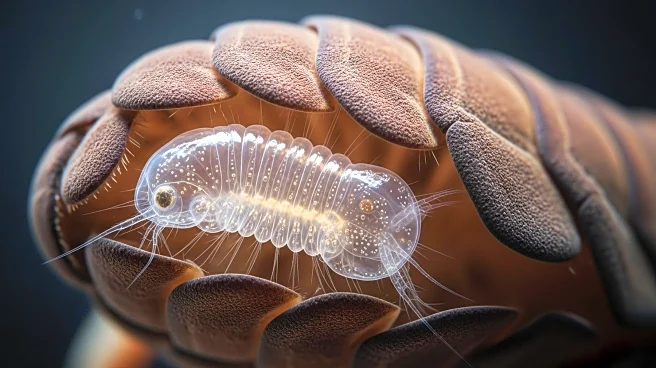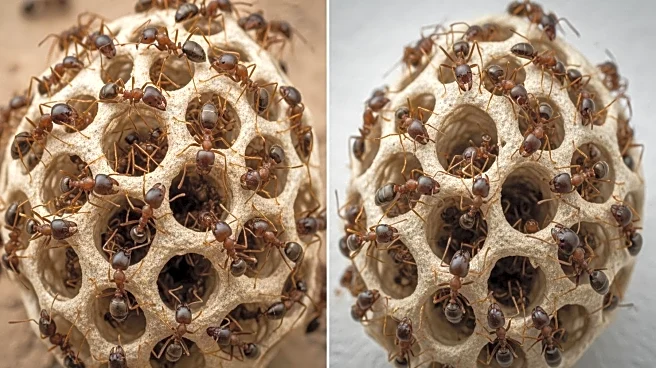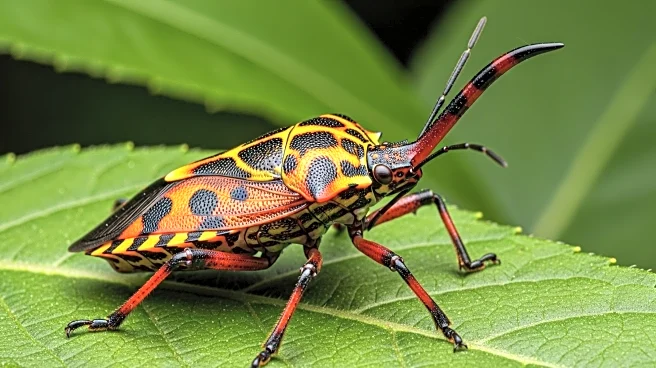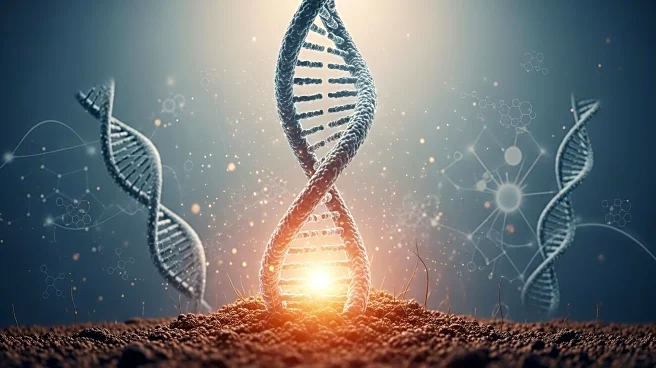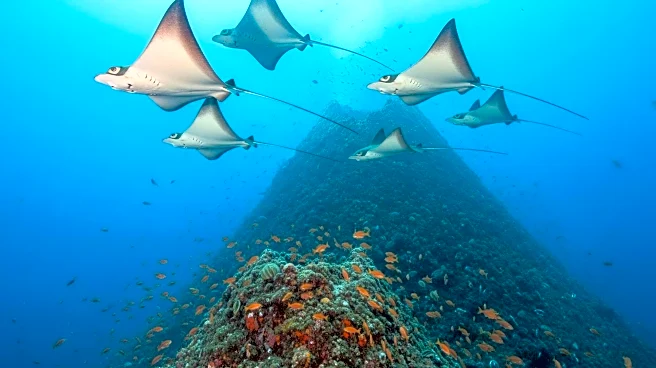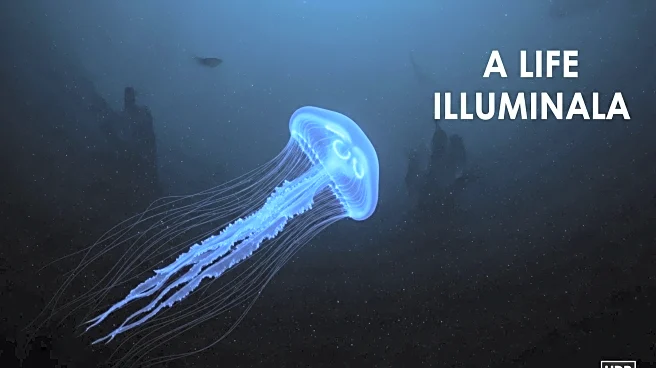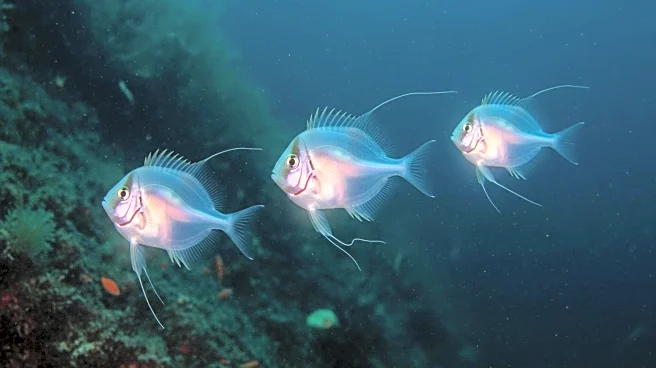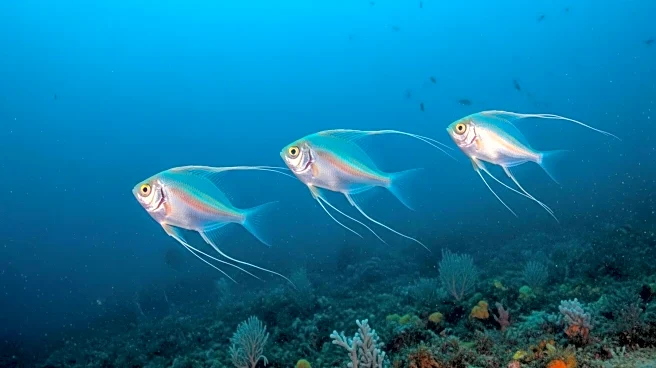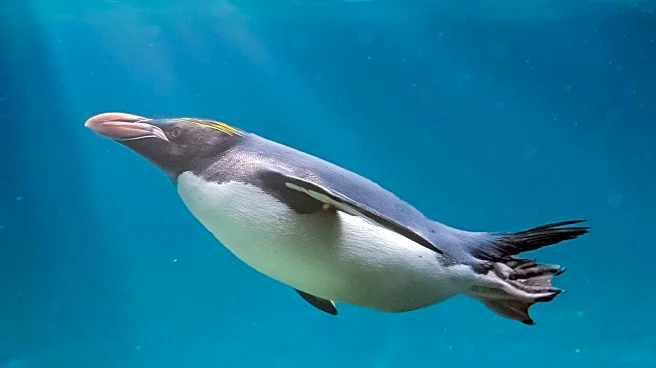What's Happening?
A team of researchers, including Assistant Professor James Bernot from the University of Connecticut, has published findings on a mysterious group of crustaceans known as 'y-larvae' or Facetotecta. These larvae attach themselves to hosts, often crabs, and live as a root network within the host's body. Despite being studied since the 1800s, the adult form of these larvae remains unknown. The research, published in Current Biology, involved sequencing the transcriptome of over 3,000 specimens to determine their relation to barnacles. The study confirmed that y-larvae are related to barnacles but are not closely related to parasitic barnacles. The larvae exhibit parasitic traits, such as antennae with claws for attachment, and respond to crustacean growth hormones by transforming into slug-like forms, suggesting a parasitic lifestyle.
Why It's Important?
Understanding the lifecycle and evolutionary strategies of y-larvae could have significant implications for marine ecosystems and biodiversity. These larvae may play impactful roles similar to other parasitic barnacles, which can alter host reproduction and behavior. The research highlights the complexity and diversity of crustacean evolution, offering insights into convergent evolution where similar traits evolve independently in different species. Additionally, the study of barnacle glues, which have industrial applications, could benefit from this research, potentially leading to advancements in underwater adhesives and other technologies.
What's Next?
The researchers aim to further explore the evolutionary tree of barnacles to understand the diversity of their lifestyles and adaptations. Identifying the adult form of y-larvae and their specific hosts remains a priority, as it could reveal more about their ecological roles and interactions. Continued research may uncover new species and contribute to the broader understanding of marine parasitism and its effects on host organisms.
Beyond the Headlines
The study of y-larvae and their parasitic nature raises ethical questions about the manipulation of host organisms and the ecological balance within marine environments. The potential applications of barnacle glues also touch on broader themes of biomimicry and sustainable technology development.
